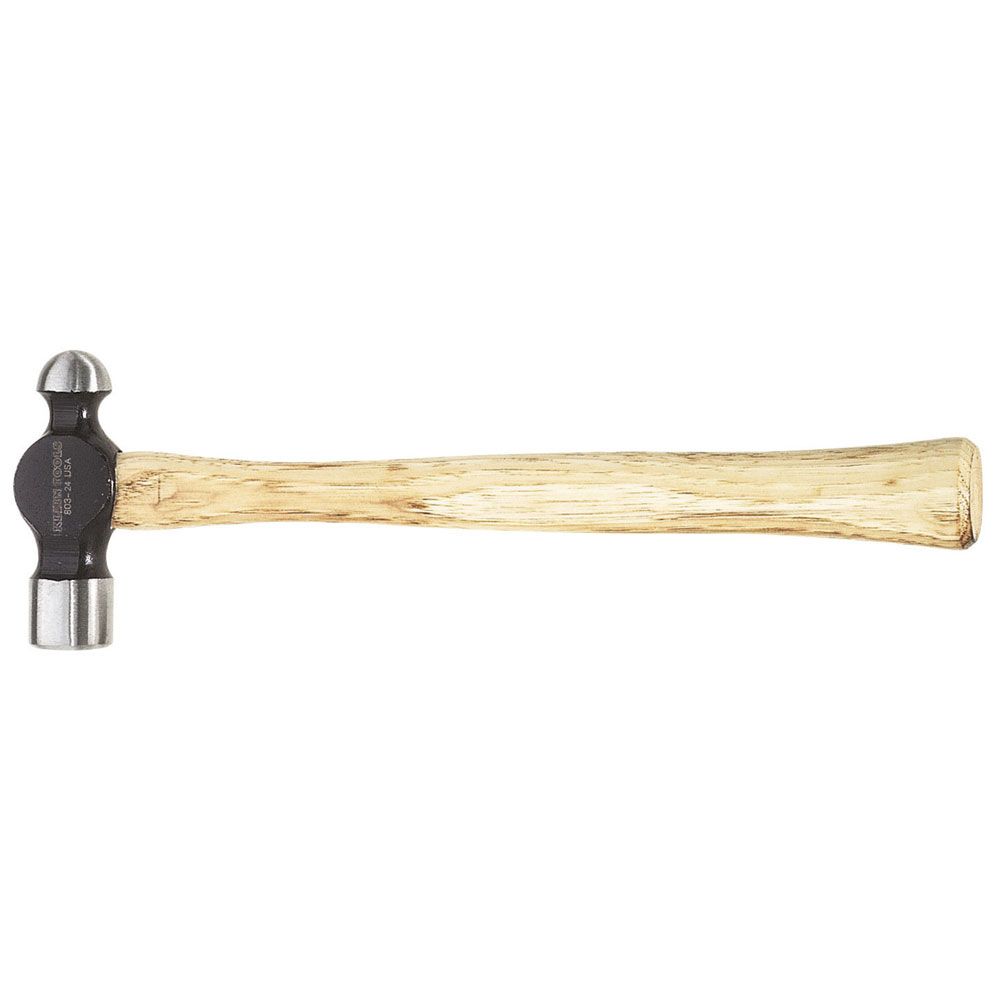With any tool, there is always going to be a variety of versions of the tool, each designed for a different job or trade specialty. If you’re just beginning to work in the trades, or if you’re DIY-er who doesn’t have an extensive knowledge of the differences in tools, it can be hard to know what variety of a tool to use for what. At Klein Tools, we know that, and want to make the task of finding the right tool a little easier. So today, we’re looking at some of the different varieties of hammers that we offer and giving you a brief overview of what that particular variety can be used for.
Ball-Peen Hammers
-Ball-peen hammers, typically used in metalworking, have two heads, one flat and another rounder, and the rounder is called the peen. Ball-peen hammers come in different lengths and different head weights depending on what the job requires. This type of hammer has a hardened head and is ideal for tasks like driving punches and cold chisels, setting rivets, and shaping metal.

Curved-Claw Hammers
-There are two different types of claw hammers. The first, curved-claw hammers, are typically lighter, and great for finishing tasks. The curve on the claw allows you to pull out nails with minimum damage, and don’t have the “accidental scar” potential when removing nails. The curve in the claw gives you extra leverage when performing said tasks. These hammers are typically ideal for work on finished interiors and other lightweight projects.


Straight Claw Hammers
-The second type of claw hammer, straight-claw, also called a rip claw hammer, is known for its power. This hammer can wedge itself in between pieces of wood and rip it apart in a pry-bar like fashion. Additionally, it can be used to break up things like drywall, plywood, siding and other materials.
Lineman’s Hammers
-Lineman’s hammers are heavier hammers, designed specifically to move around heavy and solid objects. Unlike some of the smaller hammers we’ve looked at, this variety is meant to be swung much slower, allowing the weight of the actual hammerhead to do the work. Essentially a small sledgehammer, this type of hammer can be for a number of heavy-duty applications.

Non-Sparking Hammers
-Non-sparking tools, also called “spark-resistant” or “spark-reduced” are tools that are designed to protect against fire and explosion on jobsites that may contain flammable liquids, vapors, dusts or residues. The Klein non-sparking hammers are made of brass; however, they can also be made of bronze, copper-aluminum alloys, or other similar metals. These hammers are ideal for working in confined spaces where flammable materials are present in order to mitigate the risk of fire.

Which type of hammer do you use for your job? Do you carry multiple varieties in your bag? Let us know in the comments.
